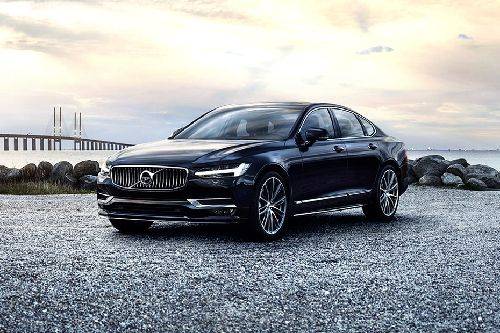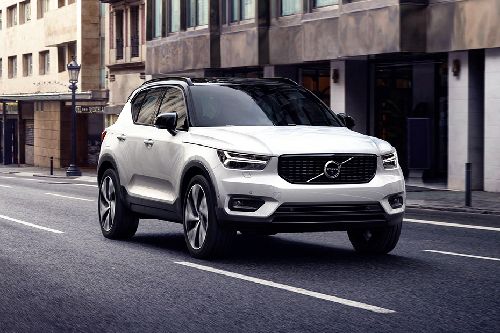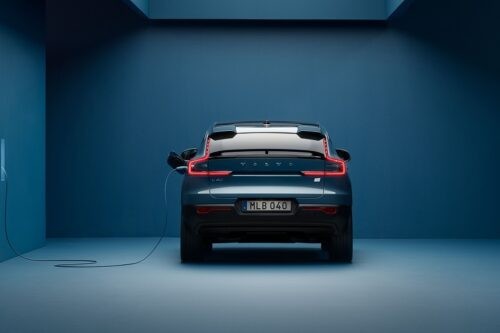Volvo fortifies sustainability strategy with new goals
The Swedish carmaker has also stepped up its focus on biodiversity.

MANILA: Volvo Cars is strengthening its approach to sustainability by establishing new, ambitious goals for 2030 and 2040.
KEY TAKEAWAYS
How many reduction in CO2 emissions have Volvo vehicles achieved?
Volvo has lowered its CO2 emissions per vehicle by 19 percent since 2018.Will Volvo expand its use of recycled materials for its vehicles?
Yes, the carmaker aims for all of its models to include at least 35-percent recycled material by 2030, and it targets to use an average of 30-percent recycled content across its fleet by the same year.The Swedish carmaker has also stepped up its focus on biodiversity. It targets to have 100 percent of its debt to be connected to its Green Financing Framework by 2025.
“Taking actions to combat climate change is non-negotiable and going fully electric is an important step on our pioneering journey. As we move to further reduce emissions throughout our value chain, we have a responsibility to do more and address our biodiversity footprint as well as help improve people’s lives. Our updated strategy has been designed to help us do just that,” Volvo Cars Chief Executive Officer Jim Rowan stated.
Since the announcement of its sustainability strategy in 2019, Volvo has achieved progress towards its climate action goals.
For instance, 69 percent of its corporate operations are now powered by climate-neutral energy compared to just 55 percent in 2019, and 100 percent climate neutral electricity is being used across its production plants worldwide, compared to just 80 percent in 2019.

Furthermore, the company has lowered its carbon dioxide (CO2) emissions per vehicle by 19 percent since 2018.
Now, Volvo is working to achieve zero greenhouse gas emissions by 2040. This shows the company’s intention to use carbon removals only to mitigate any unavoidable emissions. Prioritizing the reduction of real emissions over carbon removals is still Volvo's top priority and it actively encourages its suppliers to follow suit.
2030 will also be a significant year for Volvo as it targets to be a fully electric car manufacturer by that time while also reducing CO2 emissions per vehicle by 75 percent over its 2018 baseline. The company is optimistic that it will be able to reach the CO2 reduction targets by selling only fully electric vehicles (EV) and cutting emissions from its supply chain and operations by 30 percent.
Volvo has also been prioritizing the adoption of a circular economy since 2019. In the latest generation of Volvo cars, more materials are recycled than ever before. For instance, about 25 percent of the aluminum in the EX30 is recycled, and 17 percent of all steel and plastic in the vehicle came from recycled sources as well.

The carmaker aims for all of its models to include at least 35-percent recycled material by 2030, and it targets to use an average of 30-percent recycled content across its fleet by the same year. Moreover, Volvo targets that by 2030, 99 percent of its waste will be either recycled or repurposed.
Volvo will also be taking a complete value chain approach to its impact on biodiversity. Aside from taking action to reduce impact, it will also explore restorative measures.
The company assessed its annual biodiversity footprint using the "Recipe" model and performed an impact analysis using production and sales data from 2021 to see how its actions affected biodiversity. With the help of the findings, Volvo has now established a long-term goal to work toward being net positive throughout its value chain and to contribute to a future that is nature positive.
Photos from Volvo
Also read:
Volvo becomes first carmaker to join SteelZero fossil-free steel sourcing initiative
Sell your car at the best price
 Verified and genuine buyers
Verified and genuine buyers
Volvo Car Models
PIMS 2024
Trending & Fresh Updates
- Latest
- Popular
You might also be interested in
- News
- Featured Stories
Volvo Featured Cars
- Latest
- Popular
Latest Volvo Car Videos on Zigwheels

Volvo Car Articles From Carmudi
- journal



















































